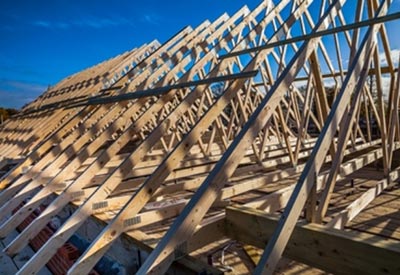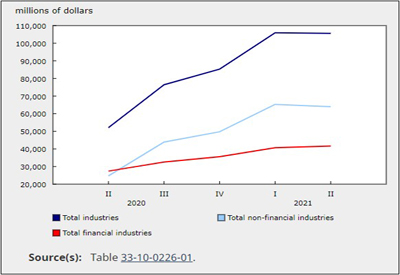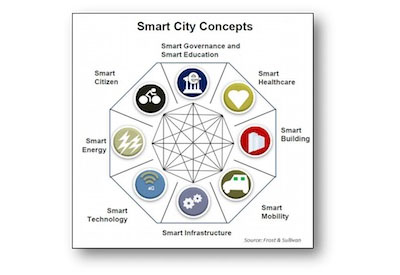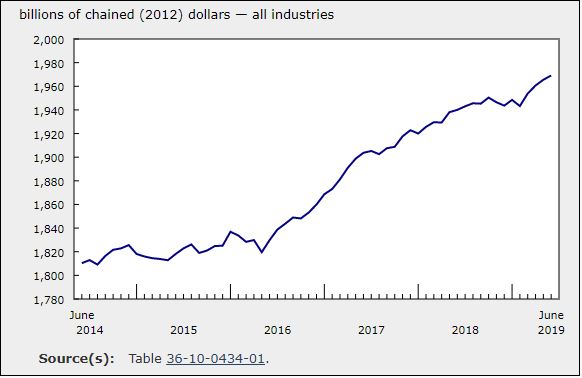Gross Domestic Product by Industry, January 2025
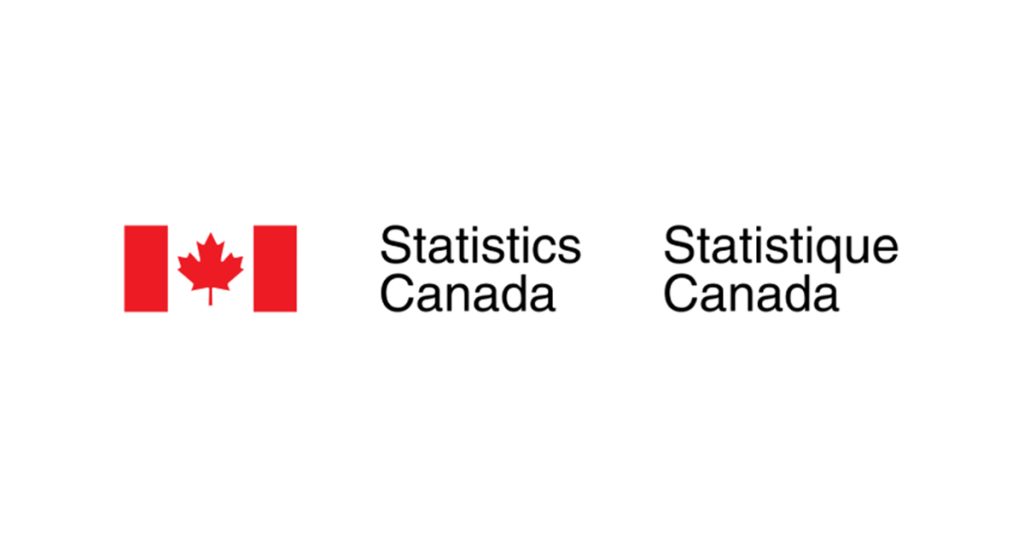
April 2, 2025
Real gross domestic product (GDP) grew 0.4% in January, following a 0.3% increase in December. Both goods-producing and services-producing industries were up, with 13 of 20 sectors rising in January.
Chart 1
Real gross domestic product increases in January

Goods-producing industries contributed the most to the increase, rising 1.1% in January, the largest increase since October 2021, as all industrial sectors in the aggregate expanded in January 2025. The mining, quarrying, and oil and gas extraction and manufacturing sectors were the largest contributors to growth. Services-producing industries edged up 0.1%.
Mining, quarrying, and oil and gas extraction fuels the growth
The mining, quarrying, and oil and gas extraction sector grew 1.8% in January, with all three subsectors expanding in the month. This was the second consecutive month of growth for the sector.
Chart 2
Mining, quarrying, and oil and gas extraction expands in January

The oil and gas extraction subsector was the largest contributor to growth, expanding 2.6% in January. Oil sands extraction increased 3.6%, driven by an increase in synthetic crude production in Alberta. This was the fourth increase in six months for oil sands extraction. Meanwhile, oil and gas extraction (except oil sands) rose 1.5% in January as natural gas extraction was up, coinciding with a rise in exports, domestic deliveries and inventory storage of natural gas. Higher crude petroleum extraction further contributed to the growth in the industry.
The support activities for the mining and oil and gas extraction subsector (+1.0%) was the second largest contributor to growth within the sector in January. Higher activity in January partially offset the decreases observed in the previous two months and was driven by a rebound in support activities for mining. Meanwhile, support activities for oil and gas extraction increased as higher drilling largely offset contractions in rigging services.
Mining and quarrying (except oil and gas) edged up 0.1% in January as higher coal mining (+4.4%) and non-metallic mineral mining and quarrying (+1.6%) were mostly offset by widespread declines in metal ore mining (-1.2%).
Manufacturing sector rebounds, powered by durable goods manufacturing
The manufacturing sector rose 0.8% in January, following two consecutive monthly declines, as the durable-goods manufacturing aggregate (+2.0%) rebounded from the decline recorded in the previous month, with 8 of 10 subsectors rising in January.
Primary metal manufacturing (+4.8%) led the growth, posting its highest growth rate since August 2020. The increase was driven in large part by a 12.2% increase in iron and steel mills and ferro-alloy manufacturing in January. The transportation equipment manufacturing subsector (+2.2%) was another large contributor to growth in January, driven by a broad-based increase across industries. Motor vehicle manufacturing (+4.5%) was the largest contributor to the increase in the subsector, resulting in part from a restart of production at automotive assembly plants after a longer than typical December shutdown and from higher output of certain electric vehicle models.
Utilities up for the second consecutive month
The utilities sector was among the top contributors to growth for a second consecutive month, expanding 2.7% in January, following a 5.0% increase in December.
All industries within the sector rose for a second consecutive month in January. Electric power generation, transmission and distribution led the growth in both months and rose 2.8% in January. Hydroelectric power generation led the increase in the industry in January as drought conditions in parts of the country continued to ease. Furthermore, a cooler than typical January contributed to higher demand for heating related purposes in the month. Natural gas distribution increased 3.2%, reflecting higher deliveries to industrial, commercial and residential customers.
Construction activity rises for the sixth time in seven months
Chart 3
Construction activity rises for the sixth time in seven months in January

Construction rose 0.7% in January as most types of construction activity were up.
Residential building construction (+1.4%) was the largest contributor to the increase in January, posting its fifth increase in six months and bringing activity to its highest level since November 2023. Higher multi-unit construction activity in Ontario and greater activity in home alterations and improvements drove the increase in January 2025.
Repair construction was up 1.2% in January, while non-residential building construction (+1.2%) posted its sixth consecutive increase, driven by higher activity in public and industrial building construction in January.
Retail down after strong increase in December
Retail trade was the largest detractor to growth in January, after being the largest contributor to growth in December, contracting 0.9% in January as activity in 6 of 12 subsectors decreased.
Motor vehicle and parts dealers (-3.2%), which was one of the largest drivers of growth in December, contributed the most to the sector’s decline in January. It was the subsector’s first decline in four months with lower activity at new car dealers and automotive parts, accessories and tire stores.
Food and beverage stores declined 2.6% in January, reflecting lower activity in supermarkets and other grocery retailers (except convenience retailers) and beer, wine and liquor stores. Sporting goods, hobby, book and music stores (-9.6%) further contributed to the decline, offsetting part of the increase recorded in the previous month. Increases in health and personal care stores (+1.3%) and building material and garden equipment and supplies dealers (+1.6%) tempered the decline in the sector in January.
Wholesale trade rebounds after two consecutive monthly declines
Wholesale trade increased 0.7% in January, as most subsectors grew. Motor vehicle and parts wholesaler-distributors (+4.5%) was the main contributor to growth in the sector, reaching its highest level since February 2020, mainly attributable to higher activity in motor vehicles and new motor vehicle parts coinciding with a strong increase in exports of passenger cars and light trucks.
Building material and supplies wholesaler-distributors (+1.8%) further contributed to growth in January, in large part driven by a rebound of activity in the lumber, millwork, hardware and other building supplies industry group.
Advance estimate for real gross domestic product by industry for February 2025
Advance information indicates that real GDP by industry was essentially unchanged in February. Increases in the manufacturing and finance and insurance sectors were offset by decreases in the real estate and rental and leasing sector, the oil and gas extraction subsector and the retail trade sector. Owing to its preliminary nature, this estimate will be updated on April 30, 2025, with the release of the official GDP by industry data for February.
Chart 4
Main industrial sectors’ contribution to the percent change in gross domestic product in January


